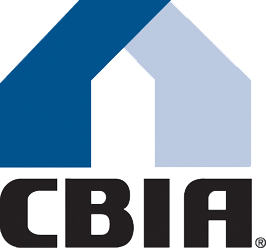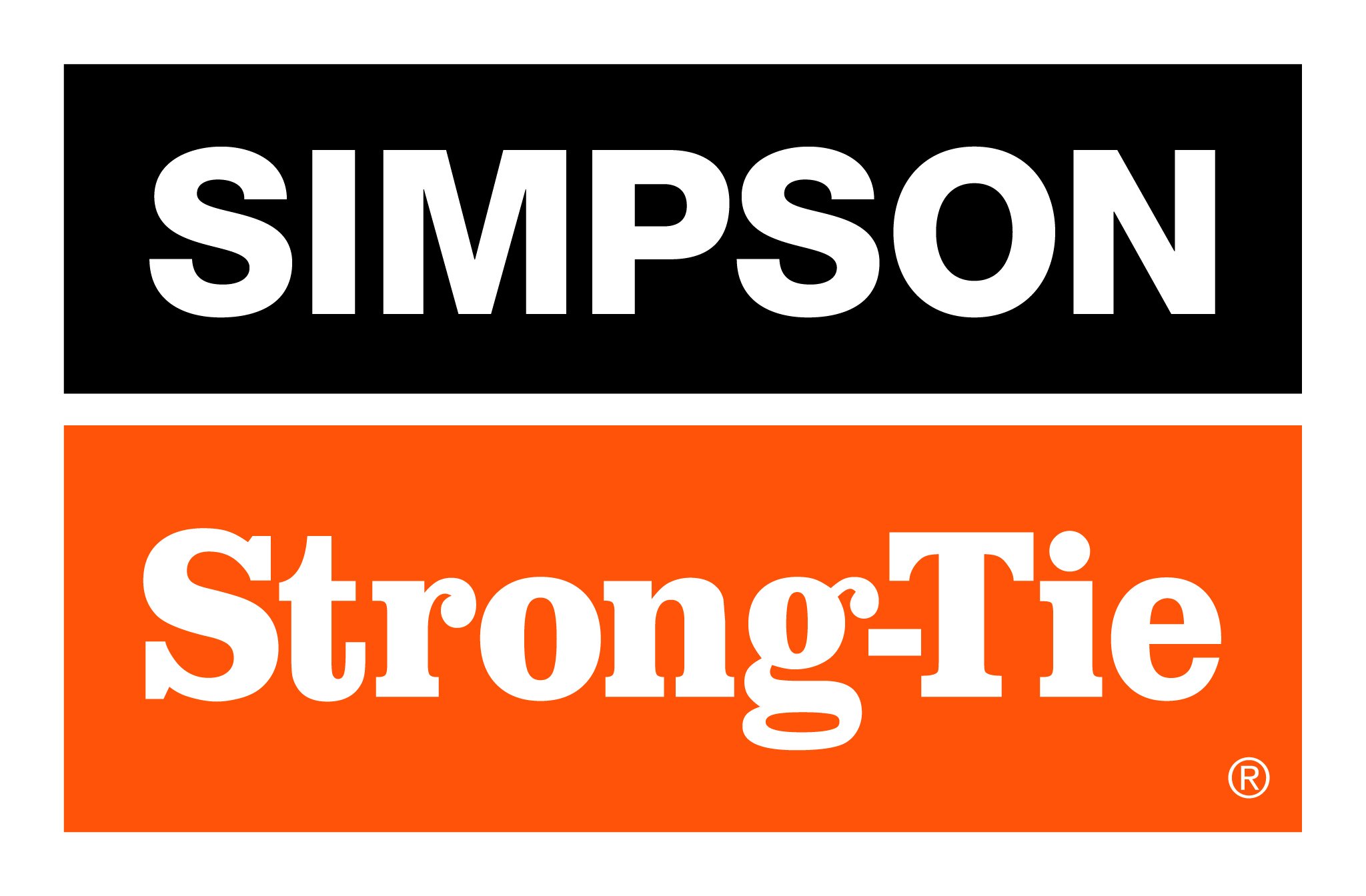Photo by Aaron Burden on Unsplash
by Phillip B. Burum, Executive Vice President, Diversified Pacific,
President, Building Industry Association (BIA) Baldy View Chapter
Over 60 percent of private residential water use in the Inland Empire occurs outdoors. Updating a home’s internal plumbing fixtures is important but, even the most dramatic changes that we implement indoors will not be a drop in the bucket (pun fully intended) compared to what can be saved by focusing our attention on water conservation in our landscaping.
Depending on which blog you read or what expert you choose to listen to, we are either entering, just leaving, or in a drought in any given year. In the Baldy View Region, those experts are accurate since we enjoy what is known as a Mediterranean Climate, which means we live with periodic drought cycles. Any cycle that is referred to as ‘periodic’ as a standard tells you that the cycle is not predictable or even accurately measurable. Fortunately, there are some important resources available to homeowners looking to conserve water, regardless of where we are in the cycle.
For a great and fast education on responsible water use, I recommend a visit to www.bewaterwise.com, an information site of the Metropolitan Water District and the Family of Southern California Water Agencies. The site offers a Watering Index and Calculator along with essential information about water conservation.
A house transitions to a home when it is functional, enjoyable, comfortable and affordable; both in terms of acquiring and the long-term cost of use. Being water wise is an important part of the affordability equation. If the home you live in includes a lush green lawn, the first action you should consider is a taking it out and starting over. Many local water agencies offer rebates for replacement of turf with a more drought tolerant design so starting over doesn’t have to break your personal bank.
There are many people out there like me, however, who just prefer grass. For me, maybe it is because I grew up in Virginia where water was not an issue. Whatever the reason, some clearly have that preference and that doesn’t make us bad people, but it does mandate the need to pay more attention to our daily water use than those that have made the switch to a more desert style landscape.
The first step in ensuring your landscaping is not wasting water is to pay attention to the timing of your watering. Save your watering for the hours when the sun is not full strength, such as in the early morning or at dusk. Irrigating during the day wastes water because much of the water evaporates in the heat. Most of us became accustomed to watering on alternate days during the height of the recent drought but many went right back to daily watering as soon as they could, even though it is not typically necessary.
Many lawns will do just fine with watering on alternate days but maintaining a healthy-looking lawn may take a bit more effort, like checking your soil moisture regularly and aerating it annually. Aeration creates small holes in the ground that allow water to soak deeper into the ground and promotes root growth.
Simple things matter, like maintaining maintenance equipment. Dull lawnmower blades tear instead of cut, forcing grass to use 40 percent to 60 percent more water while it struggles to recover from stress. You can also avoid unnecessary stress to your lawn by mowing regularly. Ideally, each time you mow, you are taking 1/3 or less from the height of the grass. The last simple thing that can be done is to leave the grass clippings in place. Lawns tend to lose more water and nutrients through evaporation when you remove clippings.
One of the best parts of homeownership is the ability to use landscaping to create an outdoor environment that enhances both the homeowner’s comfort and the value of home. In Southern California, water conservation is one of the most important aspects of creating and maintaining landscaping that enhances your home’s ‘curb appeal’ and comfort while protecting our most precious resource. Using water wisely offers homeowners the best possible landscape while saving money and our state’s most precious resource.
For more information on landscaping and conserving water, visit www.biabuild.com and have a great Fourth of July.
*****

































